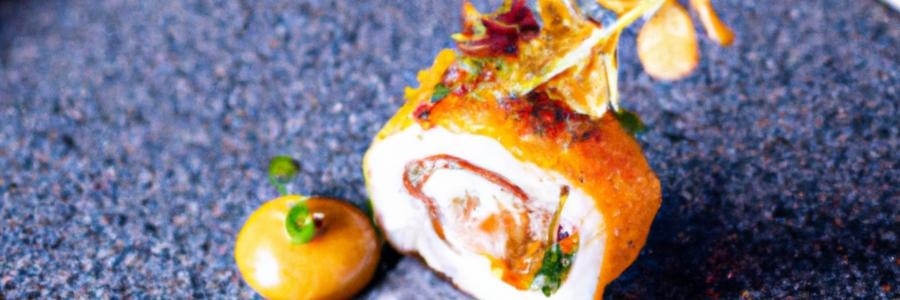The Art of Food Photography: Capturing Deliciousness in Every Shot

Introduction
Food photography is a growing trend these days, and it's no wonder why. Who wouldn't want to marvel at an aesthetically pleasing dish that looks so scrumptious you can almost taste it? But capturing the essence of a delicious meal is not as easy as it seems. It takes more than just a camera and a plate of food to create a masterpiece.
Lighting is Key
One of the essential aspects of food photography is lighting. The right lighting can make all the difference in the world. Whether it's natural light or artificial light, it's crucial to get it right. When shooting indoors, try to use soft lighting like a diffused window light to avoid hard shadows. If you're shooting outdoors, schedule your shoot during the golden hour (that magical time just before sunset or right after sunrise), when the light is soft and warm. The goal is to make the food look as appetizing as possible, and the right lighting can help you achieve that.
Composition and Styling
Composition is another important aspect of food photography. It's all about creating a visually appealing image that draws the viewer's eye to the food. Play around with different angles, such as shooting from above, below or at a 45-degree angle. Try to include some negative space in your composition, it will help the food stand out in the shot.
Styling is also crucial. Consider the colors, textures, and shapes of the food and use them to enhance the image. Use props like napkins, utensils, and plates to add depth and context to the shot. But remember, the food should always be the star of the show, so don't overdo it. Keep it simple and elegant.
The Right Equipment
While it's not necessary to have the most expensive camera or lens, having the right equipment can make a big difference. A DSLR camera with a macro lens is an excellent choice for food photography. The macro lens will allow you to get up close and personal with the food, capturing every delicious detail.
A tripod is also a must-have. It will help you keep the camera steady and avoid blurry shots. Plus, it will give you more control over the composition of the image.
Post-Processing
Post-processing is the icing on the cake (pun intended). Editing your images can help enhance colors, contrast, and sharpness. But remember, the goal is to make the food look as natural as possible. Don't go overboard with the editing, the food should still look appetizing and not overly processed.
There are many post-processing tools available, from simple phone apps to more advanced software like Adobe Lightroom or Photoshop. Experiment with different editing techniques and find what works best for you and your style of food photography.
Conclusion
Food photography is an art form that requires skill, patience, and creativity. The right lighting, composition, styling, equipment, and post-processing are all essential elements in creating a stunning food photograph. But don't forget to have fun with it! Food photography is a delicious and enjoyable way to express your creativity and share your love of food with the world. So grab your camera, find the perfect dish, and get snapping!
|
|






